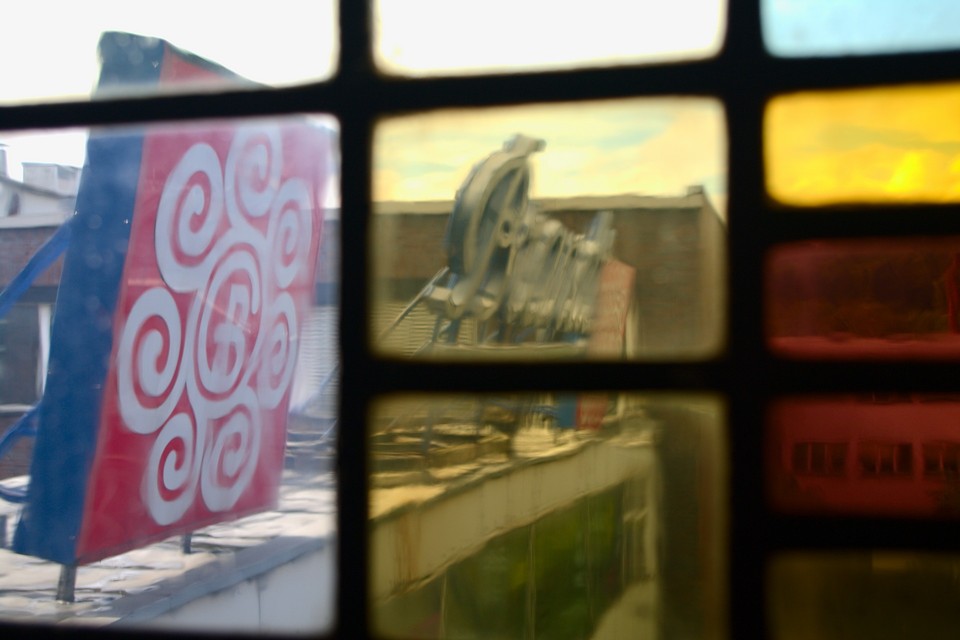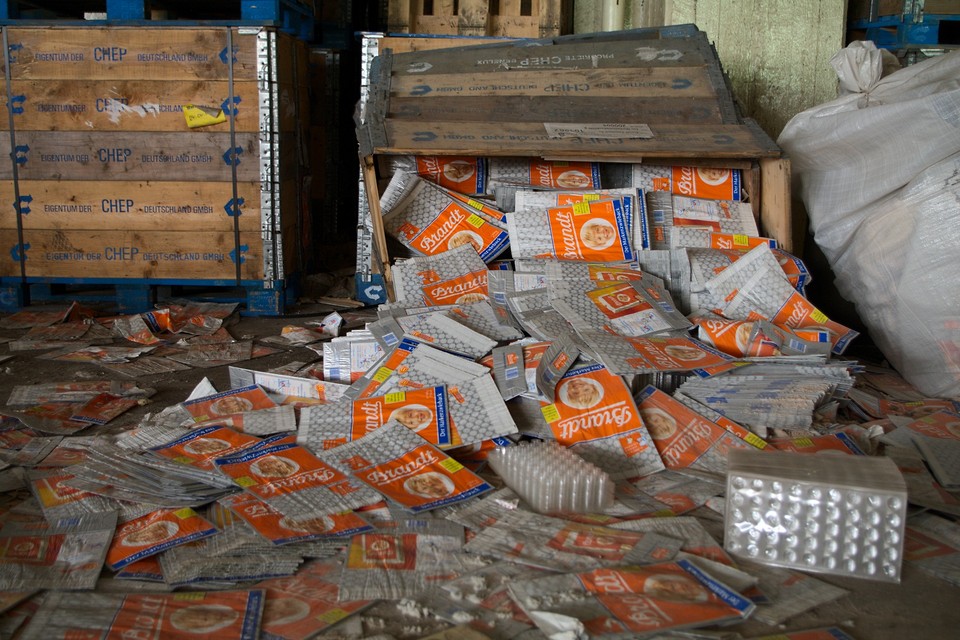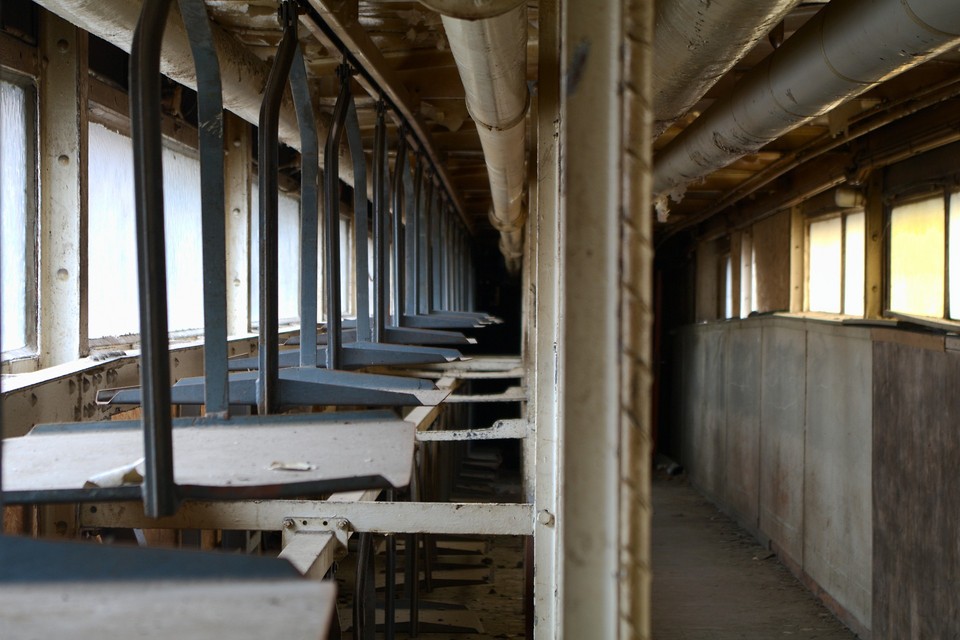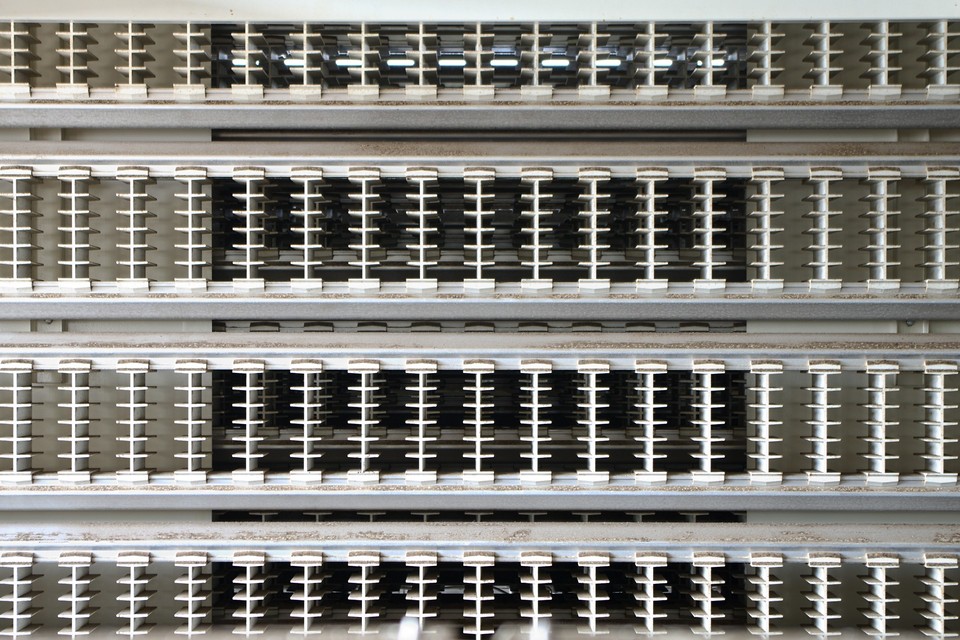It is impossible to grow up in Germany and not eat Zwieback at one point. Whether you earned 20 bucks by chugging and entire cup of Tabasco or you had a little too much faith in the Kebab shop down the street, once your stomach starts rebelling you drink fennel tea and eat Zwieback.
For those who didn't grow up in Germany, Zwieback is a sweet type of white bread that has been baked twice so that it doesn't contain any water. It is sold in bags full of little slices and one brand virtually has the monopoly in Germany. Their abandoned factory happened to be not too far away from the German Train Graveyard where we had spent the first half of the day.
The company was founded almost exactly 100 years ago and had experienced steady growth until they became leader of the German Zwieback market, being sold in every supermarket and having their logo and package design recognized by people of all age groups. In 2003, cheaper labor costs and millions in government subsidies prompted them to move production. They fired 500 employees, closed their factory and built a new one in Eastern Germany where they are still producing today.
After being abandoned for eight years, the old factory was already well known among all types of people who visit abandoned places. It featured the expected levels of natural and artificial decay and getting inside was not all that difficult. A lot of the machines and presumably everything of value had already been removed, but crates with packaging materials were still stacked floor-to-ceiling and flooding entire sections of floor space with the famous lettering and the iconic "child face" company logo.
The factory spans both sides of an inner city road and connects via little bridges containing walkways and conveyors. Once you are inside one of the buildings, you can move around pretty much everywhere without having to go outside again and potentially cause concern among the watchful neighbors. It became quite obvious that the factory had grown organically. Once all the space in one building was used up, more land was purchased and more buildings and machinery attached to the old parts as good as possible.
Paradoxically, we found the most modern machines in the oldest looking building. We could only guess but the shape of the long ovens and the little elevators looked like they were actually used to produce Zwieback. Warning stickers about photo cells made the whole thing appear almost as if they were using two high-powered 29MP cameras to compare each slice of Zwieback against 725 other potential matches resulting in a level of precision you'd expect from a smartphone — not a slice of Zwieback.
Before leaving the factory, we passed through a little indoor freight station that was once used to deliver grains and other ingredients to the factory. Now it was home to a train. Not just any train but a historic bi-level train from the former German Democratic Republic. Without going into too much rail nerdery (again), they were obviously predecessors to the modern Bombardier cars I see almost every day on my way to work. We had started the day with old trains and we ended it with what hopefully is the last abandoned train for a while.
More in the Gallery:
Zwieback Factory





Recent Comments